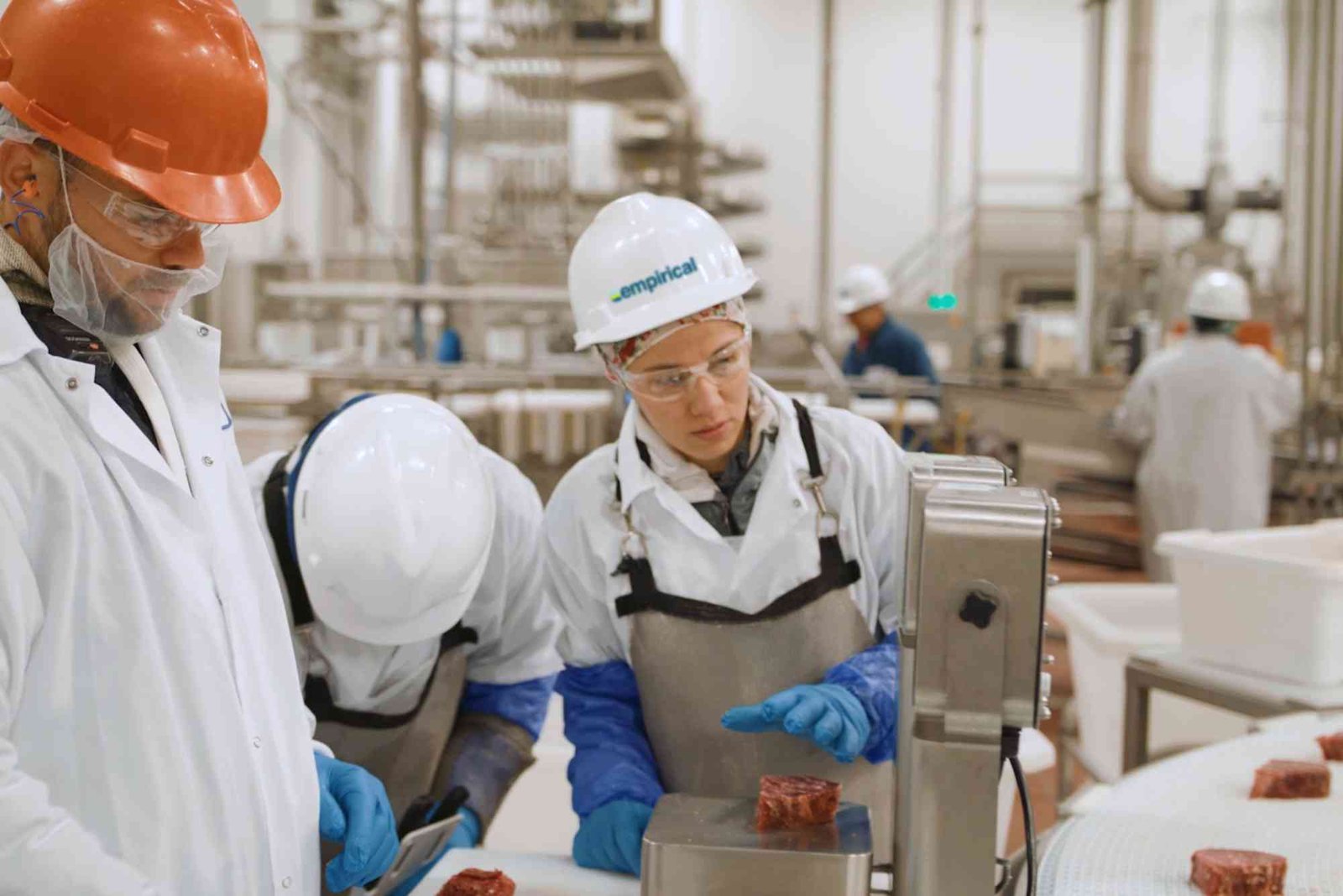How to Make Red Lipstick at Home — Practical Tips and Expert
Red lipstick is a timeless beauty essential. Whether you’re going for a classic Hollywood look or just want to add a touch of confidence to your day, making your own lipstick at home can be fun, affordable, and surprisingly easy. In this guide, we’ll explore how to make red lipstick at home — practical tips and expert methods that ensure your homemade lipstick is smooth, vibrant, and long-lasting.
Why Make Red Lipstick at Home?
Creating red lipstick at home allows you to control every ingredient. You can avoid harmful chemicals and customize the shade, texture, and scent to your liking. Many store-bought lipsticks contain parabens, synthetic dyes, and fragrances that may irritate sensitive skin. By making it yourself, you choose natural, nourishing ingredients.
Benefits of Homemade Lipstick
-
Natural Ingredients: Safe and skin-friendly.
-
Custom Shades: Mix pigments for your perfect red tone.
-
Eco-Friendly: Reduce plastic waste with reusable containers.
-
Cost-Effective: Make high-quality lipstick for a fraction of the price.
Essential Ingredients You’ll Need
Before diving into how to make red lipstick at home — practical tips and expert, gather these essential items.
Base Ingredients
-
Beeswax or Candelilla Wax: For firmness and texture.
-
Coconut Oil or Shea Butter: Adds smoothness and hydration.
-
Castor Oil: Provides shine and helps the color last longer.
Color Pigments
To achieve the perfect red, use one or a blend of these natural pigments:
-
Beetroot Powder: For a deep, rosy red hue.
-
Red Clay: Offers earthy, warm tones.
-
Cocoa Powder: Darkens the red for a rich, burgundy look.
Optional Add-ons
-
Vitamin E Oil: Acts as a natural preservative and nourishes lips.
-
Essential Oils: Add a subtle scent — peppermint or vanilla works beautifully.
Step-by-Step Guide: How to Make Red Lipstick at Home
Here’s a simple, expert-approved method for creating your own red lipstick.
Melt the Base
In a double boiler, melt one teaspoon of beeswax, one teaspoon of coconut oil, and half a teaspoon of shea butter. Stir gently until the mixture is smooth.
Add Pigment
Gradually mix in your chosen red pigment. Start with a small amount and adjust to get your desired color. For an intense red, use beetroot powder; for a softer tone, combine it with a pinch of cocoa powder.
Add Nourishing Oils
Once your color looks right, add a few drops of castor oil and vitamin E. Stir well. These oils ensure your lipstick glides smoothly and stays creamy.
Add Fragrance (Optional)
If you’d like a scent, mix in one or two drops of essential oil. Avoid using too much, as it can irritate sensitive lips.
Pour and Cool
Pour the mixture into a small container or an empty lipstick tube. Let it cool completely before use — about 30 minutes.
Your homemade red lipstick is now ready!
Expert Tips for Perfect Homemade Lipstick
Making your lipstick might seem simple, but achieving salon-quality results takes a few expert tricks.
Experiment with Shades
Red comes in many tones — bright cherry, deep crimson, or brick red. Mix pigments until you find a shade that suits your skin tone perfectly.
Test Before Cooling
Before pouring into containers, test a small amount on your wrist. This ensures the texture and shade are exactly what you want.
Balance Texture
If your lipstick feels too hard, add more oil. If it’s too soft, increase the wax slightly.
Store Properly
Keep your lipstick in a cool, dry place. Natural ingredients can melt in warm temperatures, so avoid direct sunlight.
Hygiene Matters
Use sanitized tools and containers to prevent contamination and extend the product’s shelf life.
Natural Alternatives for Red Pigment
If you want to go fully natural, skip synthetic colorants and try these options:
-
Beet Juice: Gives a pinkish-red stain.
-
Hibiscus Powder: Creates a berry-like tint.
-
Alkanet Root Powder: Produces a deep, cool red shade.
Experiment to see what works best for your lips and desired finish.
Common Mistakes to Avoid
When learning how to make red lipstick at home — practical tips and expert, beginners often make small errors. Here’s how to avoid them:
-
Overheating Ingredients: This can reduce the benefits of oils and waxes. Melt slowly on low heat.
-
Skipping Testing: Always test color and consistency before finalizing.
-
Ignoring Ratios: Keep a balance between wax, oil, and pigment.
How to Make Red Lipstick Last Longer
To ensure your homemade lipstick stays on for hours, follow these steps:
-
Exfoliate lips before applying.
-
Apply a thin layer of lip balm underneath.
-
Use a tissue to blot between layers.
-
Set the lipstick with a light dusting of translucent powder.
These small tricks make a big difference in wear time.
Expert Advice on Custom Shades
Red lipstick isn’t one-size-fits-all. Different undertones complement different skin types.
For Fair Skin
Go for blue-based reds — they brighten your complexion.
For Medium Skin
Orange or brick-red tones add warmth and glow.
For Deep Skin
Bold, dark reds like wine or burgundy look striking.
The Science Behind Lipstick Texture
Every ingredient has a purpose. The wax gives structure, the oils provide moisture, and the pigments bring color. The right ratio ensures your lipstick is firm yet creamy.
If you want a matte finish, reduce the oil slightly. For a glossy texture, increase castor oil or add a few drops of jojoba oil.
Sustainable Beauty: Why DIY Lipstick Matters
Making your own lipstick supports a more sustainable lifestyle. You reduce packaging waste, avoid harmful chemicals, and create products tailored for your skin. It’s an empowering step toward conscious beauty.
Related Resources
For more beauty DIYs and lipstick recipes, check out How To Make on breezynote.com. You can also learn advanced shade mixing at How To Make Red on breezynote.com. For additional beauty insights and professional makeup advice, Read more on www.allure.com.
FAQs About How to Make Red Lipstick at Home — Practical Tips and Expert
1. Can I make red lipstick without beeswax?
Yes, you can use plant-based waxes like candelilla or carnauba for a vegan option.
2. How do I make my lipstick more pigmented?
Add more natural pigment like beetroot or hibiscus powder. However, mix gradually to avoid clumping.
3. How long does homemade lipstick last?
If stored properly, it lasts up to 6 months. Always keep it in a cool, dry place.
4. Can I add shimmer to my lipstick?
Yes, you can mix in a pinch of mica powder for a subtle shine.
5. Is homemade lipstick safe for sensitive lips?
Absolutely, as long as you use natural and hypoallergenic ingredients. Always perform a patch test before applying.
Your Red Lipstick, Your Way
Now that you know how to make red lipstick at home — practical tips and expert, you can create a shade that’s uniquely yours. Homemade lipstick not only saves money but also lets you express creativity and care for your skin naturally.
Ready to start crafting your own lipstick shades? Explore more beauty DIYs at How To Make on breezynote.com and learn from expert insights at How To Make Red on breezynote.com. For inspiration and beauty trends, Read more on www.allure.com.












